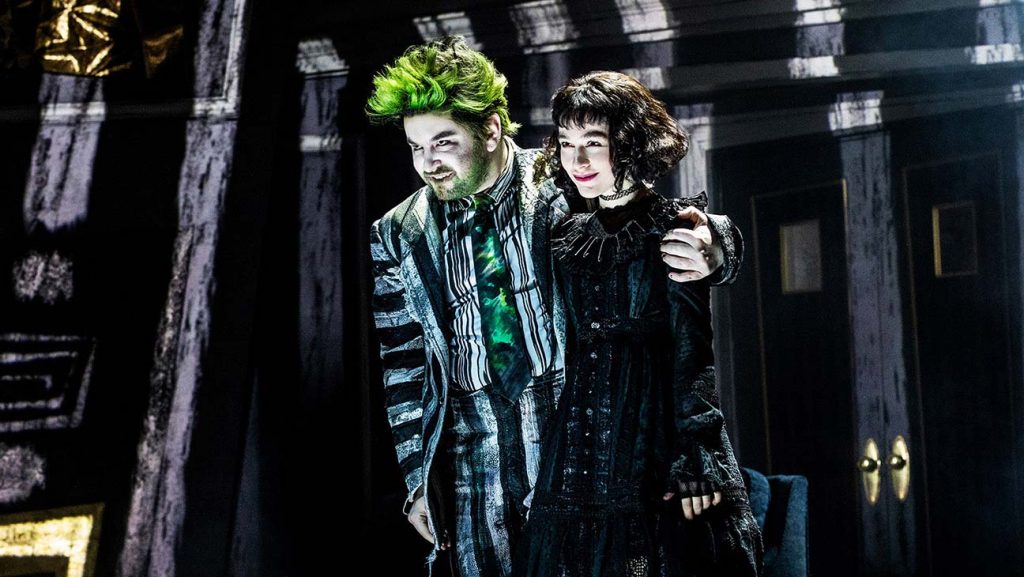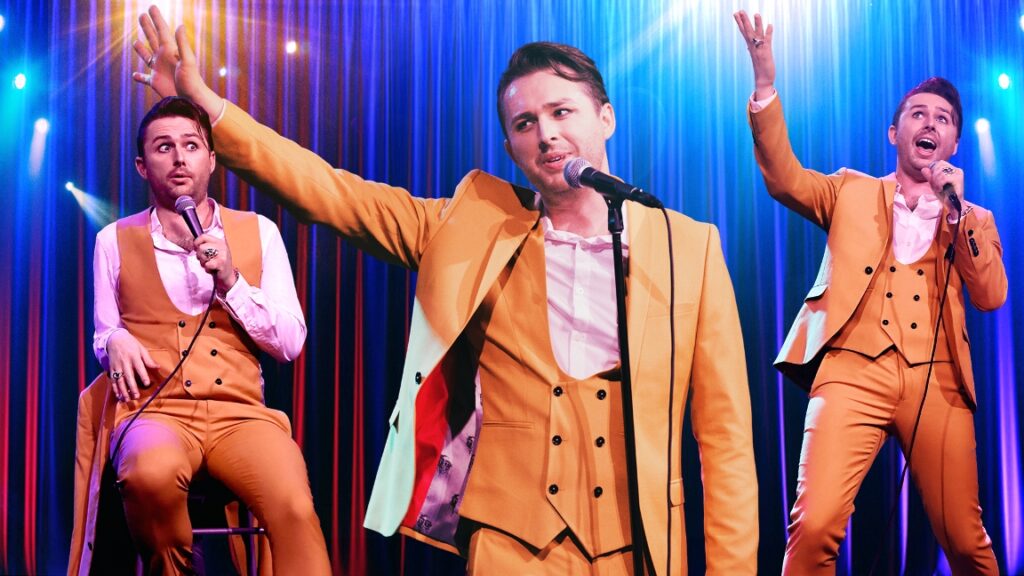
Dramatic Conventions: The Power of Multiple Roles
Imagine watching a play where, as the story unfolds, you realize that the villain, the comic sidekick, and the mysterious stranger are all portrayed by the same actor! This riveting convention is known as multiple roles. When executed masterfully, it can elevate a performance, adding layers of depth, intrigue, and meaning. So, why do some plays opt for actors to don multiple hats, and what makes it so captivating? Let’s explore!
A Theatrical Chameleon
At its core, the convention of multiple roles involves an actor taking on two or more distinct characters within the same production. This requires immense versatility, as they must convincingly switch between different personalities, physicalities, and voices.
Why Use Multiple Roles?
The reasons for employing this convention are as varied as the roles themselves:
1. Economy and Practicality
Especially in smaller productions, there might be budgetary or logistical constraints. Having actors play multiple roles can be a practical solution without compromising the narrative.
2. Artistic Expression
Multiple roles can be a deliberate artistic choice. Seeing the same face in different contexts can create unique juxtapositions, intensify themes, or provide commentary.
3. Highlighting Versatility
For actors, multiple roles are a chance to showcase their range and talent. It’s a testament to their skill when audiences forget they’re watching the same performer.
4. Enhancing Themes and Symbols
Using one actor for multiple roles can symbolize connections between characters, highlight parallels, or underline contrasts.
Spotlight on Famous Uses
Throughout theatre history, multiple roles have been employed to mesmerizing effect:
- Peter Shaffer’s “Equus”: Actors play both humans and horses, blurring the lines between man and beast, and emphasizing the play’s exploration of primal instincts.
- Caryl Churchill’s “Cloud Nine”: Actors switch roles, genders, and even races, challenging societal norms and highlighting themes of colonialism, gender politics, and identity.
- Hamilton: In Lin-Manuel Miranda’s musical, several actors play different roles in the two acts, drawing connections between historical figures and emphasizing cyclical patterns in history.
Challenges and Triumphs
Taking on multiple roles is no easy feat:
1. Quick Changes
Behind the scenes, actors often have mere moments to switch costumes, props, and get into a new mindset.
2. Distinct Characterization
Each role must be distinct and believable. Blending or confusing characters can muddle the story for the audience.
3. Physical and Mental Stamina
Switching between roles can be demanding, requiring sustained energy and focus.
Yet, when done right, the results are astounding, leaving audiences in awe of the transformative power of performance.
Conclusion
The convention of multiple roles is a thrilling dance of identity, offering audiences fresh perspectives and deepening the theatrical experience. It’s a reminder of the boundless possibilities of the stage, where one person can seamlessly inhabit many worlds. So, the next time you’re engrossed in a play and notice an actor’s chameleonic prowess, take a moment to appreciate the artistry, skill, and magic of multiple roles.






